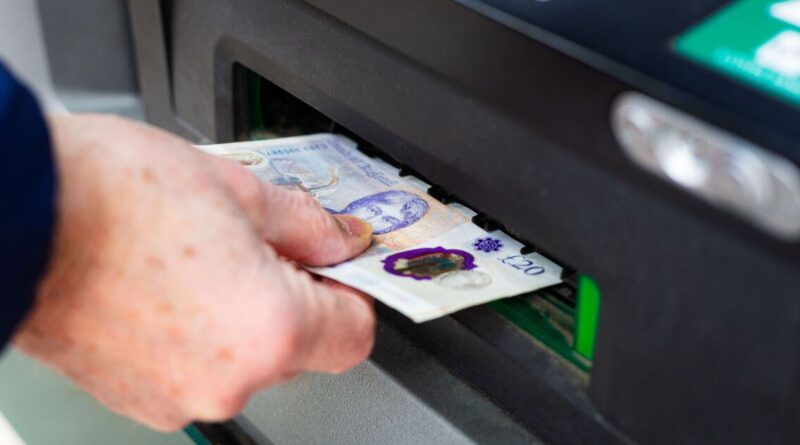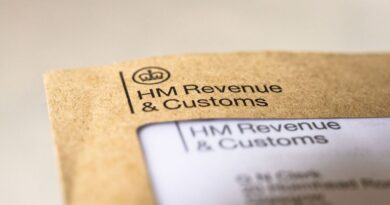Older state pensioners set for £184 weekly payment from DWP in 2026 | Personal Finance | Finance
Older state pensioners across the UK are set to receive a £184 weekly payment from the Department for Work and Pensions (DWP) in 2026 thanks to the triple lock.
At the start of every new tax year in April, the government increases the State Pension rates and the amount it goes up is determined by one of three factors – known as the ‘triple lock’. These are the consumer price index (CPI) measure of inflation (measured for September in the previous year), average wage growth between May and July of the previous year, or 2.5%. Whichever is the highest out of these three will determine how much the State Pension is increased in the new tax year.
According to financial experts, pensioners are currently on course for a 4.8% boost to their State Pension in 2026 under the triple lock guarantee, with the rates expected to be increased in line with average wage growth. This would mean older state pensioners receiving the full basic State Pension would see their rates rise to £184.90 per week in 2026 – up from the currently full weekly amount of £176.45. Meanwhile, pensioners on the full new State Pension would see rates go up from the current £230.25 per week to £241.30.
The boost to both the basic and new State Pension is on course to be higher than previously thought after a key figure used in the triple lock calculation was revised upwards.
Office for National Statistics (ONS) data released last Tuesday (October 14) showed an upwards revision to total wage growth including bonuses for the quarter to July, up to 4.8%, from 4.7% in a previous estimate.
Inflation figures for September are due to be released next week, with the most recent figures showing that the rate of CPI inflation was 3.8% in August. This means the latest earnings figures are expected to be used to boost State Pension rates in 2026 as it is the highest figure.
But the increase could mean that more pensioners will soon start paying tax on their State Pension as the rates may take them over the personal allowance threshold.
Money Saving Expert founder Martin Lewis explained: “The State Pension is set to rise 4.7% [now 4.8%] next April. We know this as it is ‘triple locked’ – ie, it rises by the higher of 2.5% or inflation or the rise in average earnings. The key figure has just come in for earnings to July and it’s likely to be the highest of the three, at 4.7% [now 4.8%].
“So based on that, the FULL State Pension (for someone with all the qualifying National Insurance years) is set to rise from…
- NEW state pension: £230.25 to £241.05 a week [now £241.30].
- OLD state pension (retirees pre-April 2016): £176.45 to £184.75 a week [now £184.90].
“This will take someone on the full new State Pension to £12,535 a year [now £12,548], only £35 [now £22] below the frozen personal allowance (amount you can earn tax-free each year).
“So as State Pension income is taxable, that means without any question the following year (unless something changes), those on the full new State Pension with no other income will for the first time pay tax on it (as it will rise a minimum 2.5% and personal allowances are frozen).”
Commenting on the revised figures, Helen Morrissey, head of retirement analysis at Hargreaves Lansdown, said: “This has consequences for people getting State Pension who can expect the amount they get to go up ever so slightly from next April.
“Those on the full new state pension could be on course for £241.30 per week rather than £241.05 while those on the full basic state pension will see their weekly payment rise to £184.90 rather than £184.75.
“Of course we are still waiting for the final piece of the triple lock puzzle to click into place with inflation figures published next week the key figure. However, with inflation currently hovering at 3.8% the likelihood is that average wages will be the figure used.”





